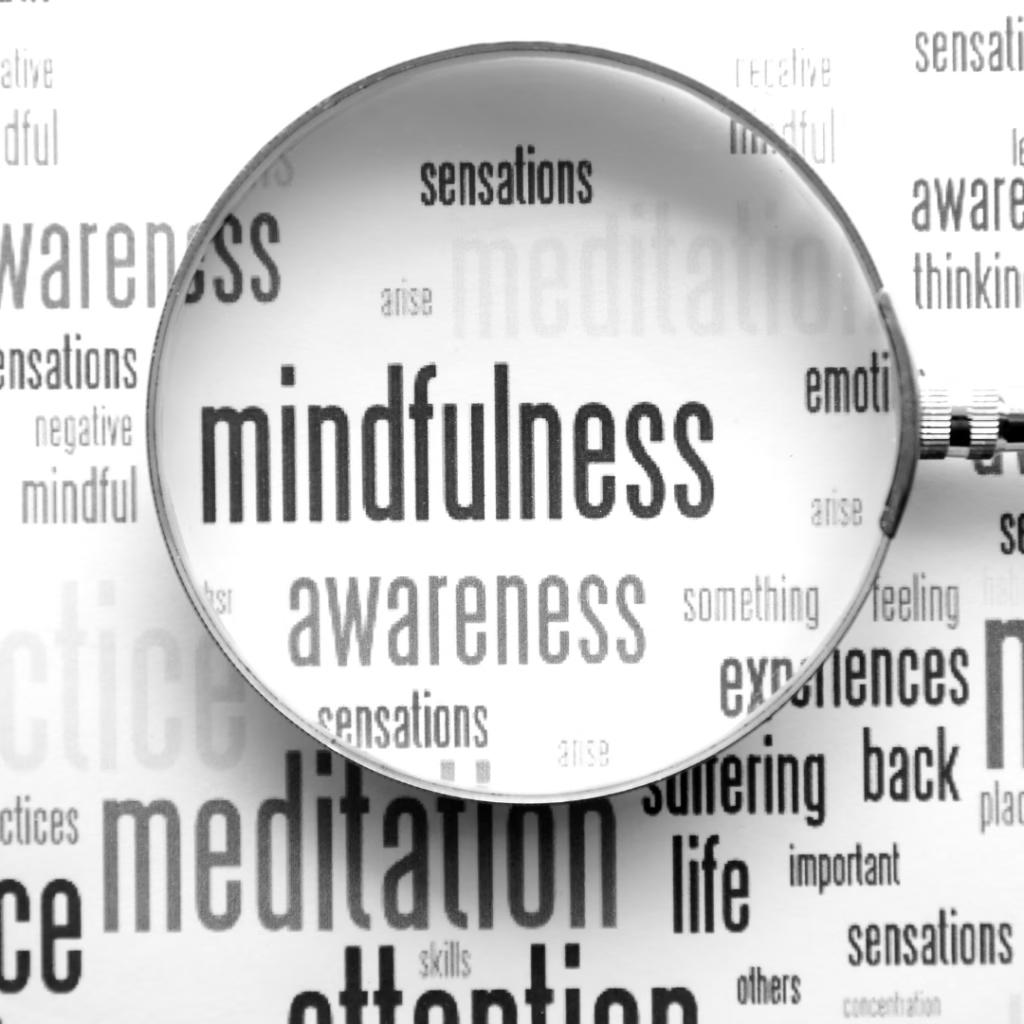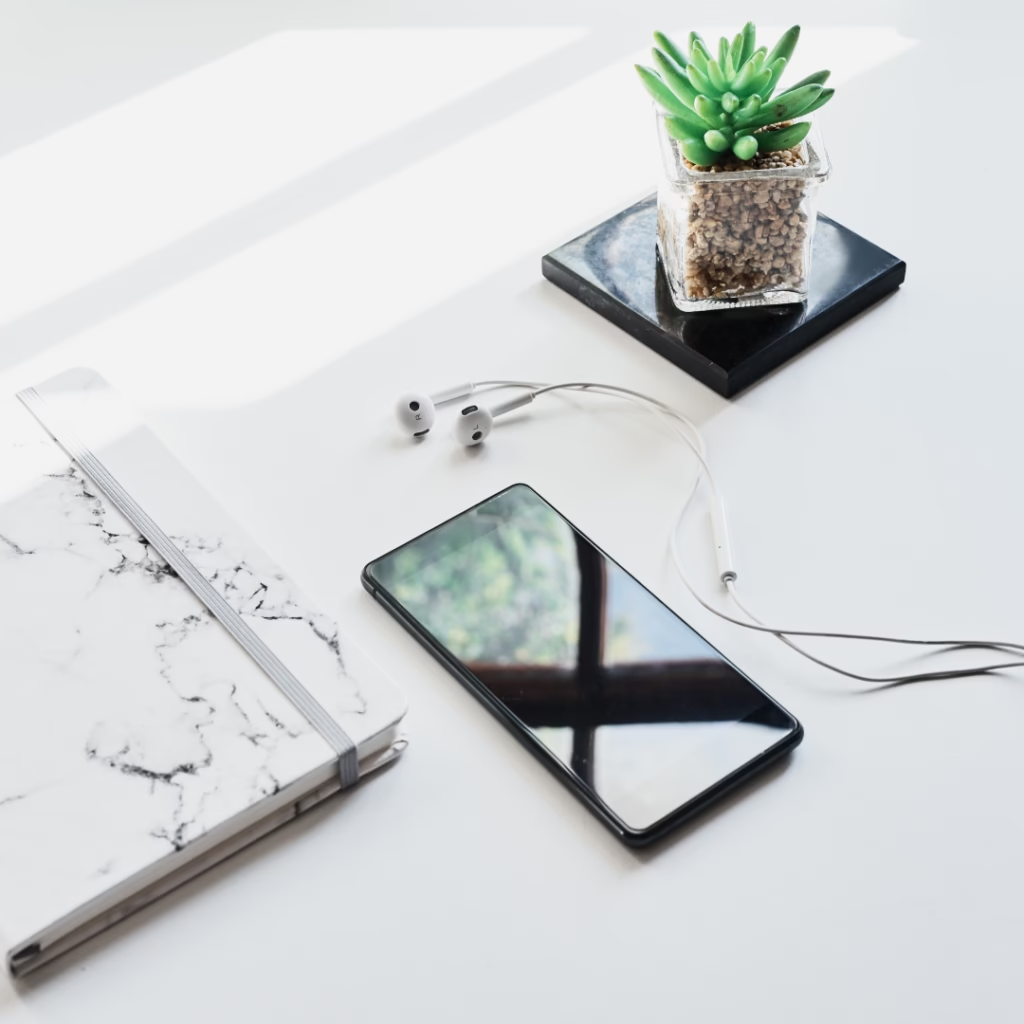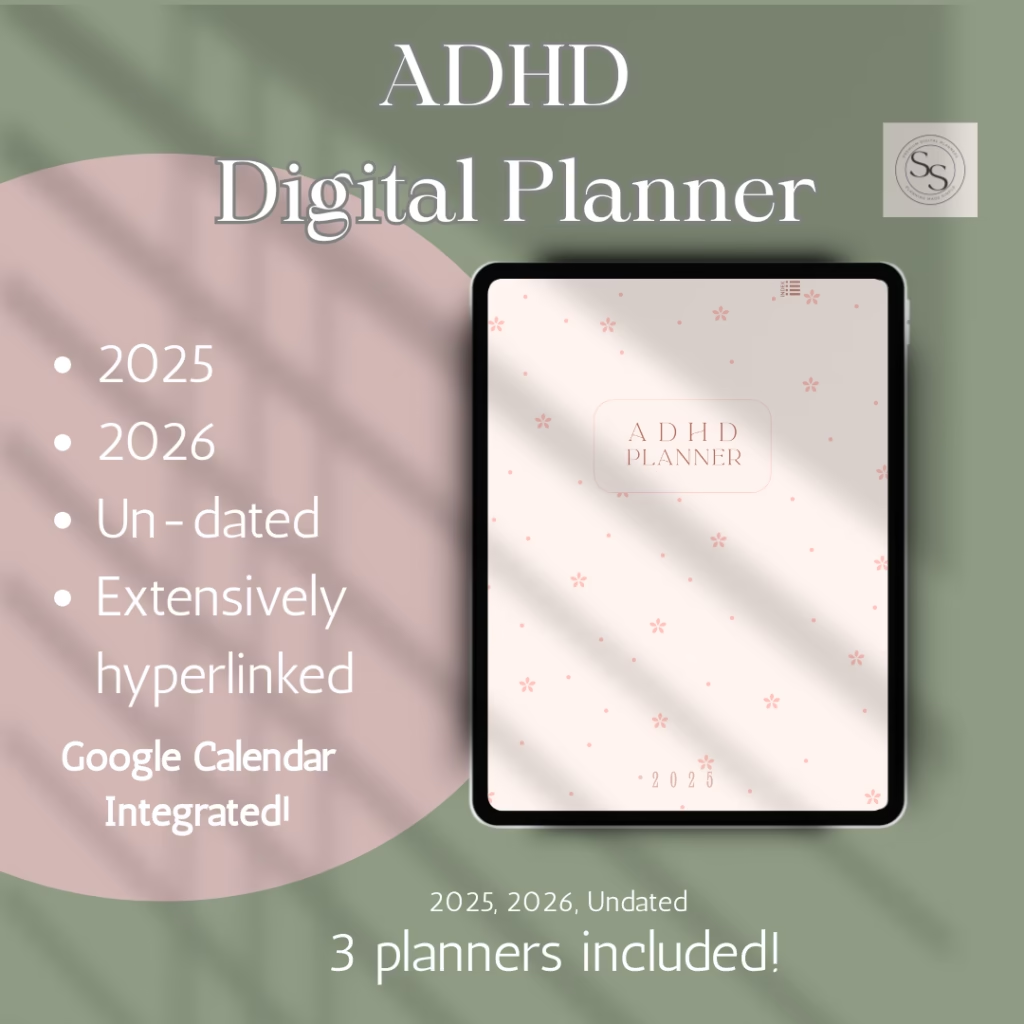Let’s face it—productivity has long been painted with the same brush: hustle culture, rigid routines, and checklists that don’t always work for everyone. But here in 2025, we’re seeing a refreshing shift. More people are embracing neurodivergent-friendly planning strategies—approaches that prioritize flexibility, mindfulness, and self-compassion. And it’s about time.

As someone who is neurodivergent myself, I know firsthand that the traditional “grind” methods often just don’t cut it. What I needed wasn’t just structure—it was structure that felt good. That made sense to my brain. That’s what sparked the inspiration for my planners and this blog in the first place.
In this post, I’m diving deep into how neurodivergent-friendly planning is revolutionizing productivity—and how it might just change the way you work, too.
Neurodivergent-Friendly Planning: What It Is (And Why It Matters)
Neurodivergent-friendly planning means creating systems that support how your brain actually works, rather than trying to force yourself into a mold that doesn’t fit. This could mean using visuals over text, flexible schedules instead of rigid routines, or incorporating sensory tools like calming background sounds or digital stickers that add joy and motivation.

Mindful productivity, especially for those with ADHD, autism, dyslexia, or anxiety, isn’t about doing more. It’s about doing things in a way that honours your needs—and that often means doing less but doing it better.
📝 Explore My Top 10 Digital Planning Hacks Here!
Building a Neurodivergent-Friendly Planning System That Actually Works
A neurodivergent-friendly planning setup is all about personalization. Some key components include:

- Hyperlinked digital planners for easy navigation
- Time-blocking with flexibility, using blocks of time rather than rigid schedules
- Task batching to reduce overwhelm
- Gentle reminders and affirmations built into your day
- Break tracking—yes, actually planning for rest!
In my own setup, I use calming color palettes (green and blue tones work wonders for me), hyperlinked gratitude logs, and a simplified to-do list that divides tasks into “must do,” “nice to do,” and “leave it.” My digital planner from Simply Simple Plans was designed exactly for this purpose.

Why Neurodivergent-Friendly Planning Boosts Mindful Productivity
When you’re constantly masking or battling executive dysfunction, traditional productivity can feel like punishment. But when you build systems with kindness in mind, everything shifts.
Mindful productivity, supported by neurodivergent-friendly planning, allows for:
- Greater emotional regulation
- More sustainable routines
- A stronger sense of self-trust
- Actual enjoyment of your planning tools
I personally find that even on my worst brain days, having a simple, intuitive planner gives me something to gently anchor to. It’s not about pressure—it’s about possibility.
☕ Check out my Etsy shop here for digital ADHD planners and tools
🎧 Here’s an article about Intentional Planning: How To Take Control Of Your Day
Accessorize Your Productivity: Sensory-Friendly Tools for Planning
It’s not just about the planner—it’s also about the tools that support your routine. For me, using a beautiful stylus and a tactile, smooth iPad cover that feels good in my hands makes a difference.
➡️ Stylus Holder
➡️ Ipad Case with Stand
Having tools that are calming and comfortable helps reduce friction and makes it more likely I’ll stick with my routines. Even just choosing a pretty desktop wallpaper or using a soft-focus screen filter has changed how I relate to my space.
Real Talk: What “Success” Looks Like in Neurodivergent-Friendly Planning
Here’s the truth no one tells you: success in planning looks different for everyone. For me, it’s about checking off three tasks instead of twenty. It’s remembering to drink water. It’s sitting with my planner for five quiet minutes in the morning and knowing that’s enough.
Mindful productivity is not a race—it’s a rhythm. And once you find your rhythm, everything starts to feel a little lighter.
🛍️ Visit my shop, Artist Mews, for calming prints that complement your planning space
Where to From Here?
If you’re curious to start your own neurodivergent-friendly planning journey, know that it’s okay to start small. Try experimenting with:
- One new routine at a time
- Visual tools like mood trackers or color-coded calendars
- Digital planners with customizable templates (like the ones I’ve designed!)
- Quiet reflection, gratitude logs, or planning to not plan
Most importantly, be gentle with yourself. There is no perfect planner or flawless routine—just small choices that support you and your beautiful, unique brain.
Final Thoughts
I created my planners because I was tired of systems that didn’t work for me—and I wanted to make something that felt like home. If you’re looking for a way to work with your brain, not against it, neurodivergent-friendly planning might just be your new best friend.



